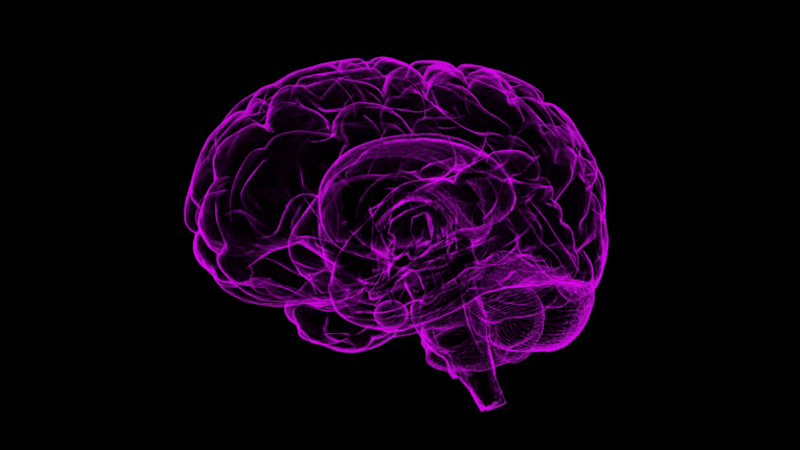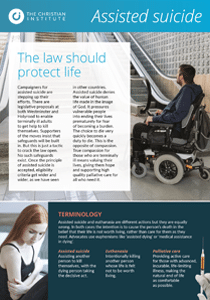US scientists have successfully translated brainwaves into sentences – a breakthrough which could become useful to those with ‘locked-in’ syndrome.
The study, published in Nature Neuroscience, used computer algorithms to decipher brain patterns into sentences with word error rates as low as three per cent.
Previously, scientists had only been able to translate fragments of words or a few words within certain phrases.
Improvement
Dr Joseph Makin, alongside other researchers at the University of California, used a “brain-machine interface” to monitor volunteers’ brain activity via electrodes as they read a number of sentences aloud.
The authors said the decoder was able to identify individual words, and was not limited to recognising example sentences, indicating it may be possible to translate phrases that were not previously encountered.
The scientists say further work needs to be done to improve the technology, as it is currently limited to deciphering 30-50 sentences at a time.
It also needs to be able to transfer data into “a more general form of English”.
Happy
It was reported in 2017 that four patients with ‘locked-in syndrome’ participated in a trial using a device which monitored brain activity.
The syndrome leaves people with fully functioning minds but with little or no ability to communicate. Some patients are able to communicate through blinking, but many, such as those in the study, are unable to move their eyelids.
During testing, the non-invasive device, which monitored blood oxygen levels in the brain, detected the answers to simple ‘yes’ or ‘no’ questions with 70 per cent accuracy.
Over several weeks, all four patients in the trial repeatedly responded “yes” when asked if they were happy.
Also see:



